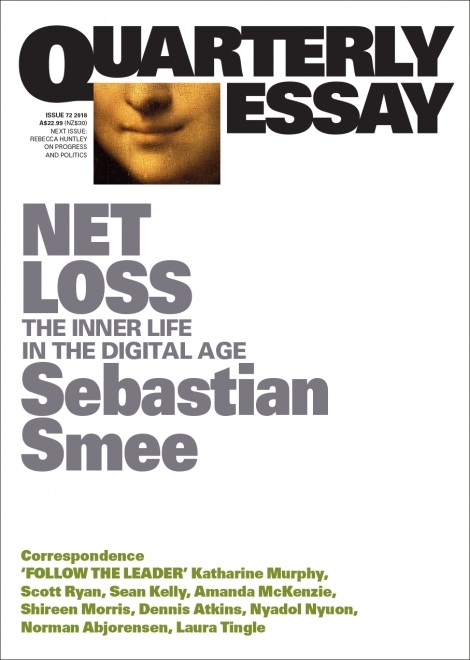What do you think?
Rate this book


160 pages, Kindle Edition
First published November 26, 2018
What is the inner life? And is it vanishing in the digital age?
Throughout history, artists and philosophers have cultivated the deep self, and seen value in solitude and reflection. But today, through social media, wall-to-wall marketing, reality television and the agitation of modern life, everything feels illuminated, made transparent. We feel bereft without our phones and their cameras and the feeling of instant connectivity. It gets hard to pick up a book, harder still to stay with it.
In this eloquent and profound essay, renowned critic Sebastian Smee brings to the surface the idea of inner life – the awareness one may feel in front of a great painting or while listening to extraordinary music by a window at dusk or in a forest at night. No nostalgic lament, this essay evokes what is valuable and worth cultivating – a connection to our true selves, and a feeling of agency in the mystery of our own lives. At the same time, such contemplation puts us in an intensely charged relationship with things, people or works of art that are outside us.
If we lose this power, Smee asks, what do we lose of ourselves?
one open, seen and known by all who cared to know, full of relative truth and of relative falsehood, exactly like the lives of his friends and acquaintances; and another life running its course in secret. And through some strange, perhaps accidental conjunction of circumstances, everything that was essential, of interest and of value to him, everything that made the kernel of his life, was hidden from other people; and all that was false in him, the sheath in which he hid himself to conceal the truth — such, for instance, as his work in the bank, his discussions at the club … his presence with his wife at anniversary festivities — all that was open. And he judged of others by himself, not believing in what he saw, and always believing that every man had his real, most interesting life under the cover of secrecy and under the cover of night. (p.3)